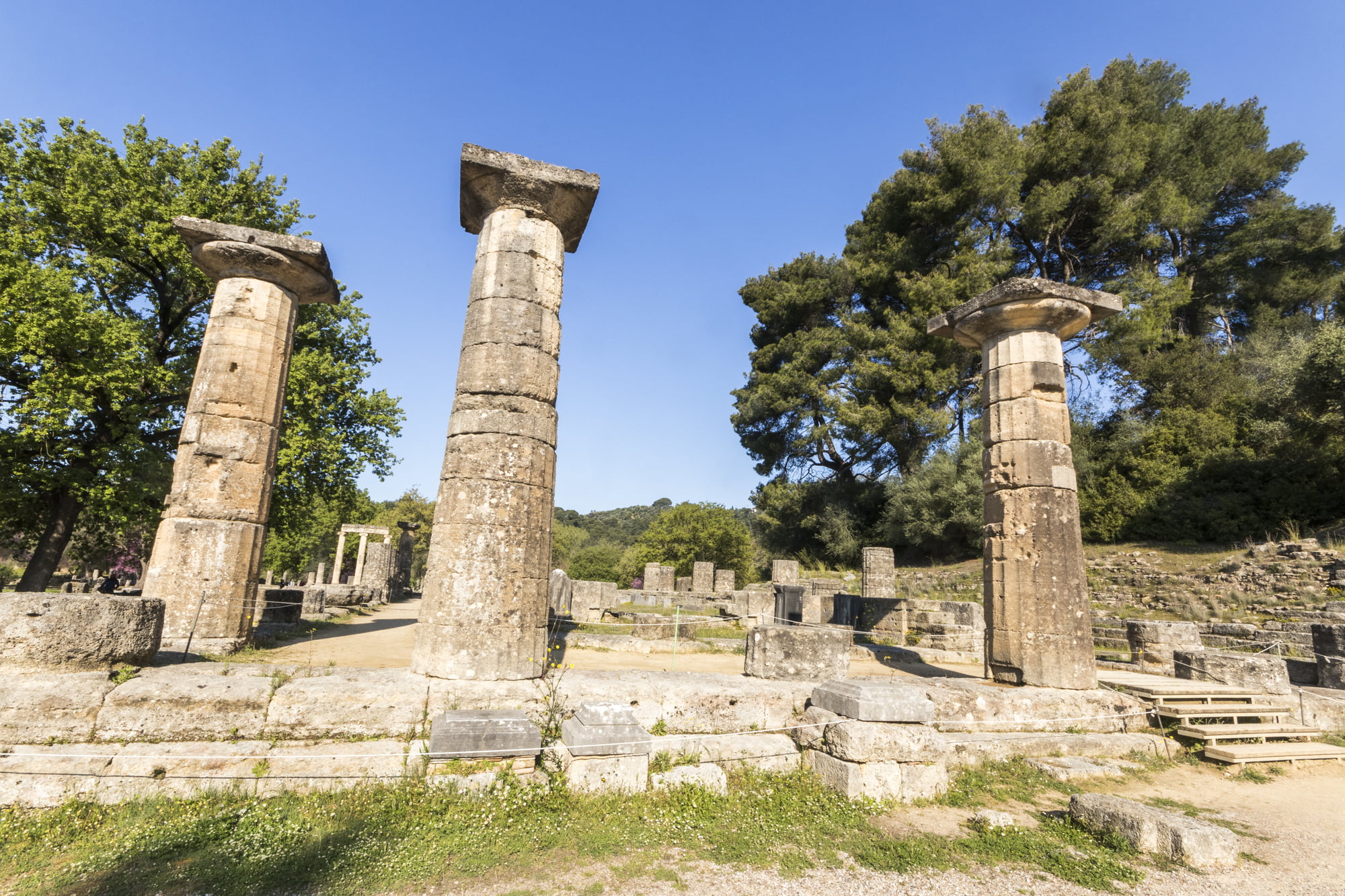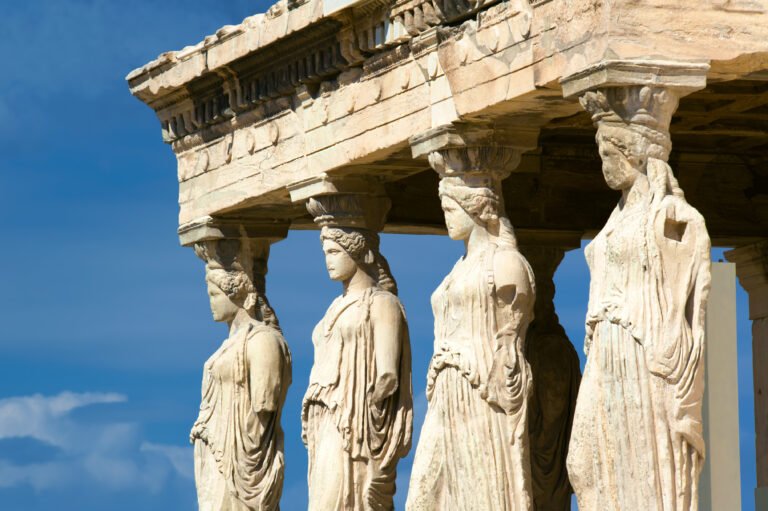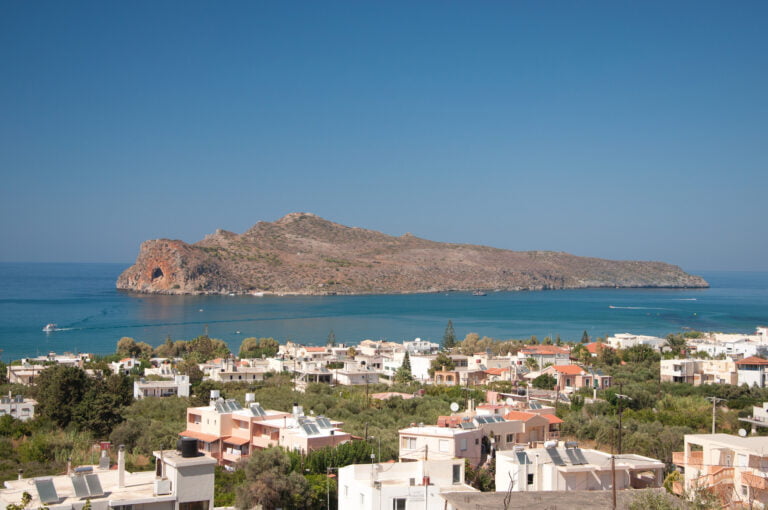The Archaic Period in Crete(c. 800-500 BCE): A Renaissance of Culture, Expansion and the Mighty Greek Alphabet
Epochs of decline followed by periods of resurgence punctuate the annals of history. In Crete, the Archaic Period (c. 800-500 BCE) stands as a beacon of cultural, political, and economic rejuvenation. Following the tumultuous Dark Ages, this era saw the island of Crete re-emerge as a hub of innovation, trade, and artistic expression. This article delves into the genesis of the Archaic Period and its impact on Crete’s landscape, language, and cities’ flourishing during this time.
Prelude to the Archaic Period: The Dark Ages
To appreciate the vibrancy of the Archaic Period, one must first understand the backdrop against which it emerged. Socio-economic decline, disruptions in trade, and a general stagnation in cultural activities marked the Dark Ages, which preceded the Archaic Period. Crete, once a bastion of Minoan and Mycenaean civilisations, felt the weight of this decline. However, as with all cycles of history, after decline comes renewal.

The Dawn of the Archaic Period: Catalysts for Change
Several factors converged to usher in the Archaic Period in Crete:
- Geographical Advantages:
Crete’s strategic location in the Mediterranean made it a natural crossroads for trade. As the broader Mediterranean region recovered from the Dark Ages, Crete’s ports became bustling hubs of activity, facilitating exchanges between the Aegean, Near East, and Egypt.
The Archaic Period saw the emergence of the polis or city-state in Crete. While often rivalling each other, these independent entities became centres of governance, commerce, and culture.
- Technological and Artistic Innovations:
The Cretans of the Archaic Period were adept artisans. Pottery, in particular, underwent significant evolution, with new designs and techniques reflecting the island’s renewed contacts with the broader Mediterranean world.
Flourishing Cities: The Heartbeat of Archaic Crete
During the Archaic Period, several cities in Crete rose to prominence, each contributing uniquely to the island’s renaissance:
- Knossos:
Once the heart of the Minoan civilisation, Knossos underwent a revival. The city expanded its trade networks and became a centre of artistic endeavours, especially pottery.
- Gortyn:
Located in the fertile Messara plain, Gortyn emerged as a significant political and economic power. The city is famed for the Gortyn Code, one of Europe’s earliest and most comprehensive legal codes.
- Cydonia (modern-day Chania):
Situated on Crete’s northwest coast, Cydonia was a vital maritime city. Its strategic location made it a nexus for trade routes connecting the Aegean, the Central Mediterranean, and the Near East.
- Lyttos:
A powerful inland city, Lyttos was known for its military prowess. It often rivalled Knossos and Gortyn for dominance in Crete.
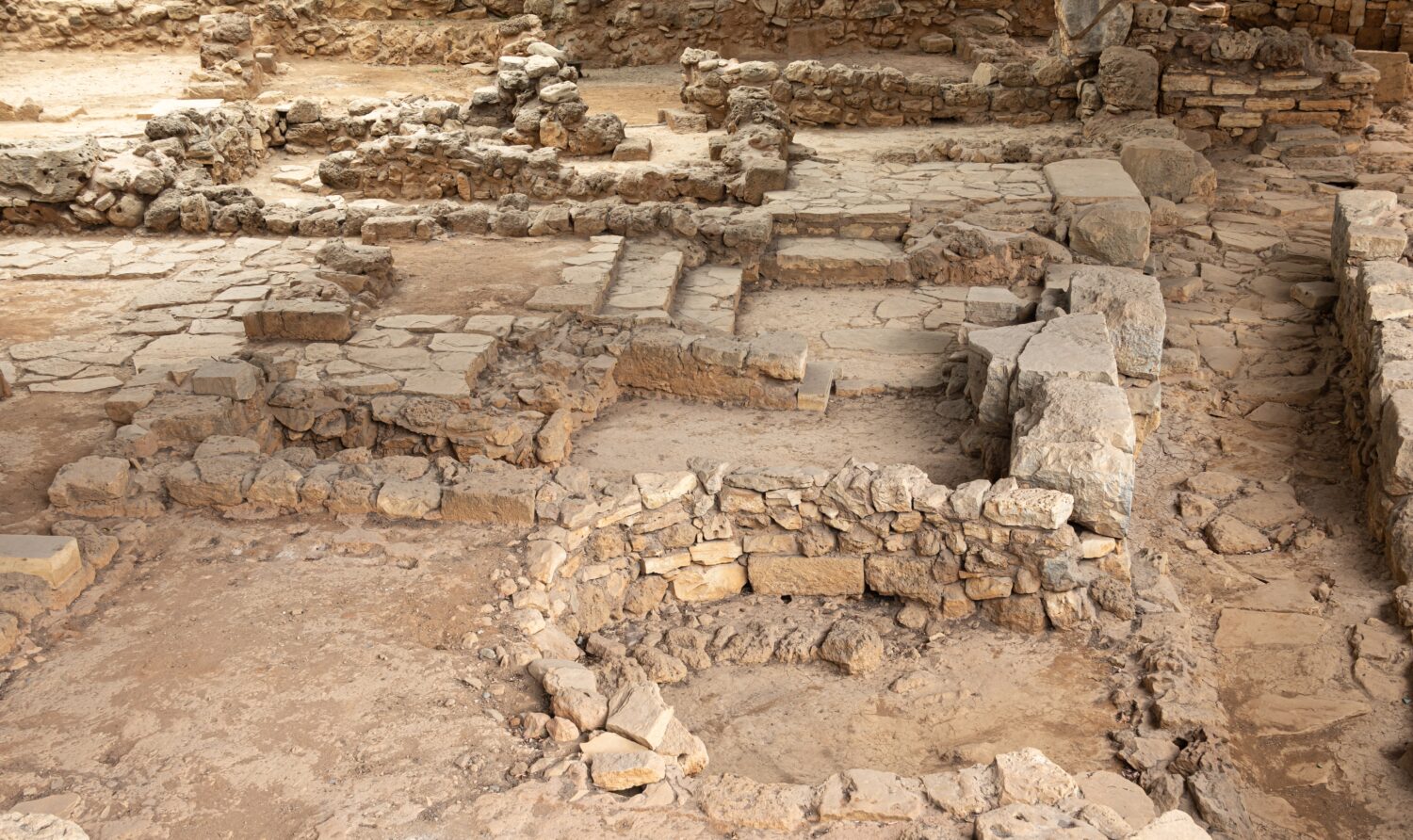
Cultural and Economic Revival
The cities of Crete, during the Archaic Period, were not just political entities but vibrant cultural centres:
- Artistic Expression: Sculpture, frescoes, and pottery flourished. The influence of other Mediterranean cultures, especially the Phoenicians and Egyptians, is evident in Cretan art from this period.
- Religious Practices: The Archaic Period saw the construction of numerous temples and sanctuaries. The Cretans worshipped a pantheon of gods, with influences from the Greek mainland and the broader Mediterranean.
- Economic Expansion: The rise of the city-states and the island’s strategic location fueled economic growth. Trade, agriculture, and crafts became the pillars of the Cretan economy.
And finally, the birth of the modern Greek Alphabet.
The evolution of writing systems is a testament to humanity’s relentless pursuit of effective communication. The transition from the Linear B script to the Greek alphabet in ancient Greece marks a pivotal moment in the annals of literacy and culture. Here we delve into the origins of the Greek alphabet, its antecedents, and the eventual eclipse of Linear B.
Linear B: The Precursor
Before we explore the emergence of the Greek alphabet, it’s essential to understand its predecessor, Linear B.
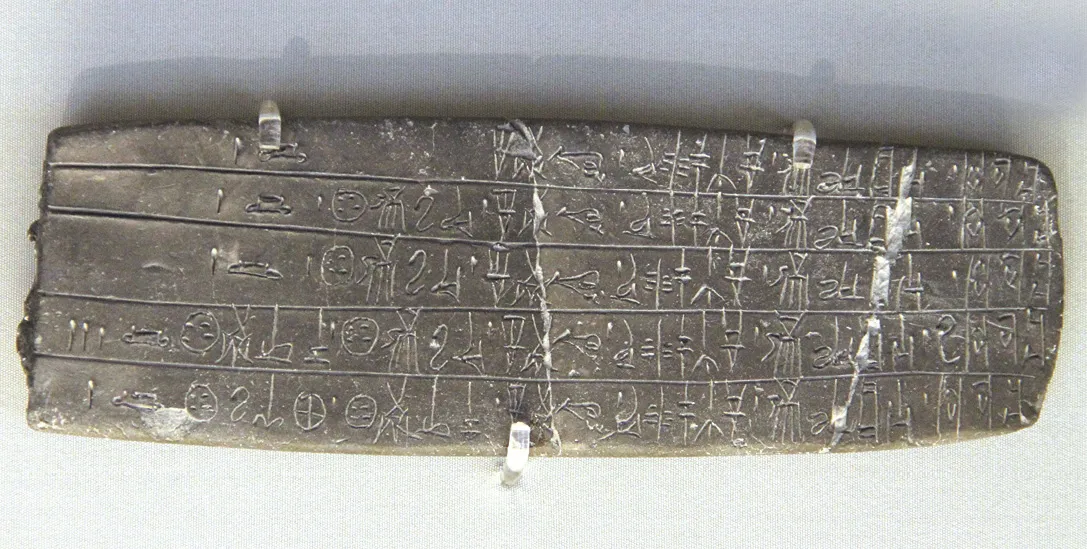
Linear B: An Overview
Linear B, a syllabic script, was primarily used for administrative and economic records in Mycenaean Greece, around 1450-1200 BCE. The script was deciphered in the 20th century by Michael Ventris and John Chadwick, revealing its use for writing an early form of Greek.
Decline of Linear B
The reasons for the disappearance of Linear B are multifaceted:
- Mycenaean Civilization’s Decline: The fall of the Mycenaean palatial centres around 1200 BCE, possibly because of invasions, internal strife, or natural disasters, led to significant socio-political upheaval. With the collapse of the administrative centres that used Linear B, the script gradually fell into oblivion.
- Loss of Centralised Bureaucracy: Linear B was primarily an administrative script. With the disintegration of the Mycenaean palatial economy and bureaucracy, the need for such a script diminished.
The Birth of the Greek Alphabet
The Greek alphabet didn’t emerge in a vacuum. It was a product of cultural exchanges and adaptations.
Phoenician Influence
The Phoenician script was the primary catalyst for the development of the Greek alphabet. The Phoenicians, renowned maritime traders of the ancient world, had an alphabetic writing system. Their alphabet was introduced to new regions as they established trade networks with various cultures, including the Greeks. The Greeks adopted the Phoenician script but made significant modifications:
- Introduction of Vowels: The Phoenician script was primarily consonantal. The Greeks innovated by introducing symbols for vowels, making their writing more suited to the Greek language’s phonetic nuances.
- Modifications in Letter Shapes: While many Greek letters resemble their Phoenician counterparts, the Greeks modified some letter shapes to fit their aesthetic and linguistic preferences.
Spread and Standardisation
The adoption of the alphabet led to an increase in literacy rates among the Greeks. Different regions of Greece had their variations of the alphabet initially. However, by the 5th century BCE, the Athenian version became dominant, laying the foundation for the classical Greek script.

The Significance of the Transition
The shift from Linear B to the Greek alphabet was not just a change in writing systems but signified broader socio-cultural transformations.
- The democratisation of Literacy: Unlike Linear B, which was restricted to administrative elites, the Greek alphabet was more accessible, leading to increased literacy rates among the populace.
- Cultural and Scientific Advancements: The Greek alphabet’s versatility suited it for various literary genres, from poetry to philosophy. It played a pivotal role in documenting and disseminating classical Greece’s intellectual and cultural achievements.
- Legacy: The Greek alphabet laid the foundation for many modern scripts. The Latin, Cyrillic, and Gothic scripts trace their origins back to it.

From Syllables to Letters
The evolution from Linear B to the Greek alphabet is a journey from a script tailored for bureaucratic record-keeping to one that catered to a broader range of expressions. It underscores human societies’ adaptability, ability to absorb external influences and innovate to meet their unique needs. The Greek alphabet, with its rich legacy, stands as a testament to the ingenuity of the ancient Greeks and their profound impact on the tapestry of world culture and history.
Conclusion: The Archaic Period – A Testament to Resilience
The Archaic Period in Crete is a testament to the island’s resilience and adaptability. From the shadows of the Dark Ages, Crete emerged, phoenix-like, to reclaim its place as a beacon of culture, trade, and innovation in the Mediterranean. The cities of Crete, with their bustling markets, grand temples, and vibrant public spaces, encapsulated the spirit of renewal that defined the Archaic Period. It’s a story that reminds us that even after the darkest nights, dawn inevitably follows, bringing hope, renewal, and endless possibilities.
Table of Contents
Views: 108

